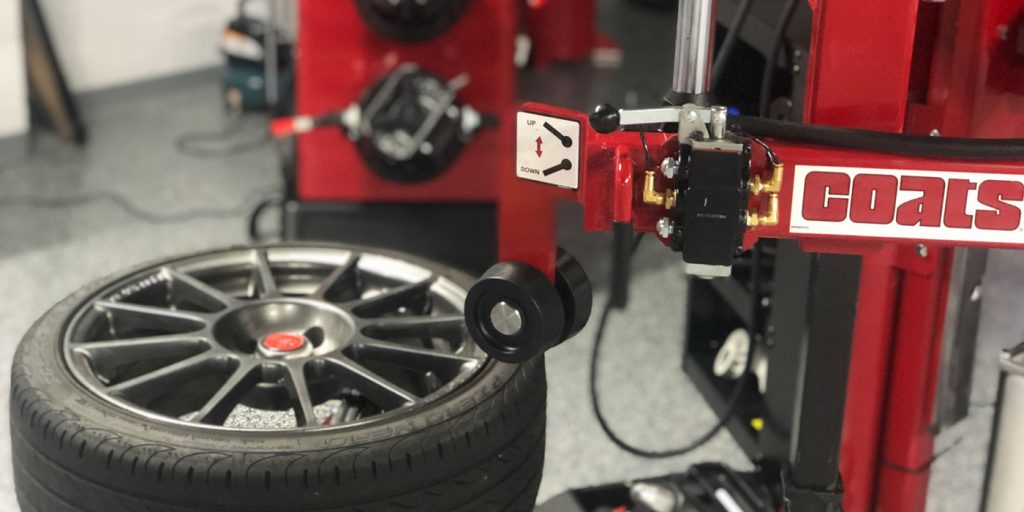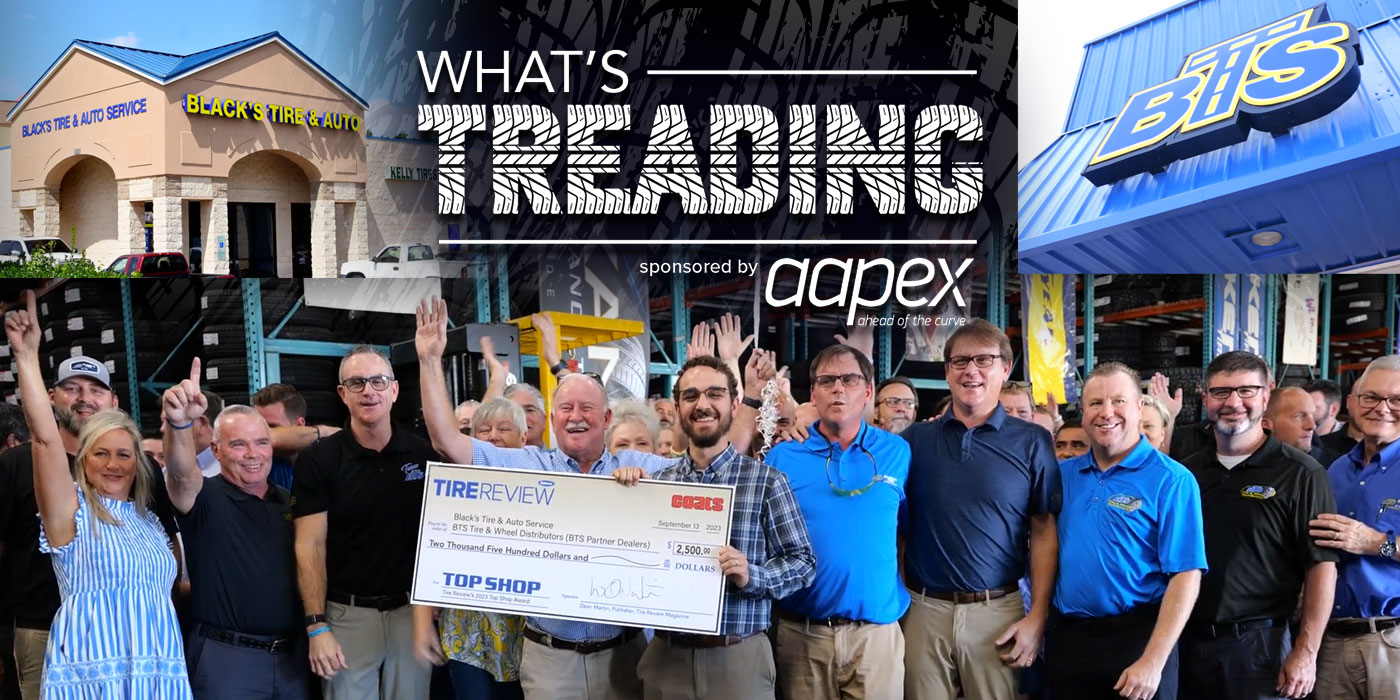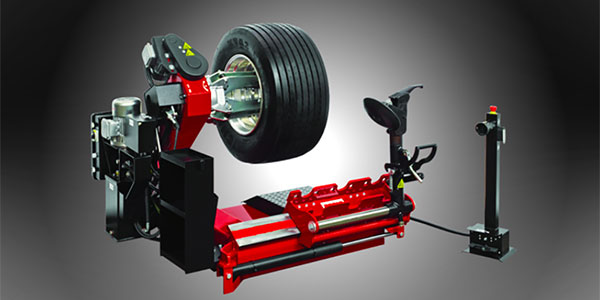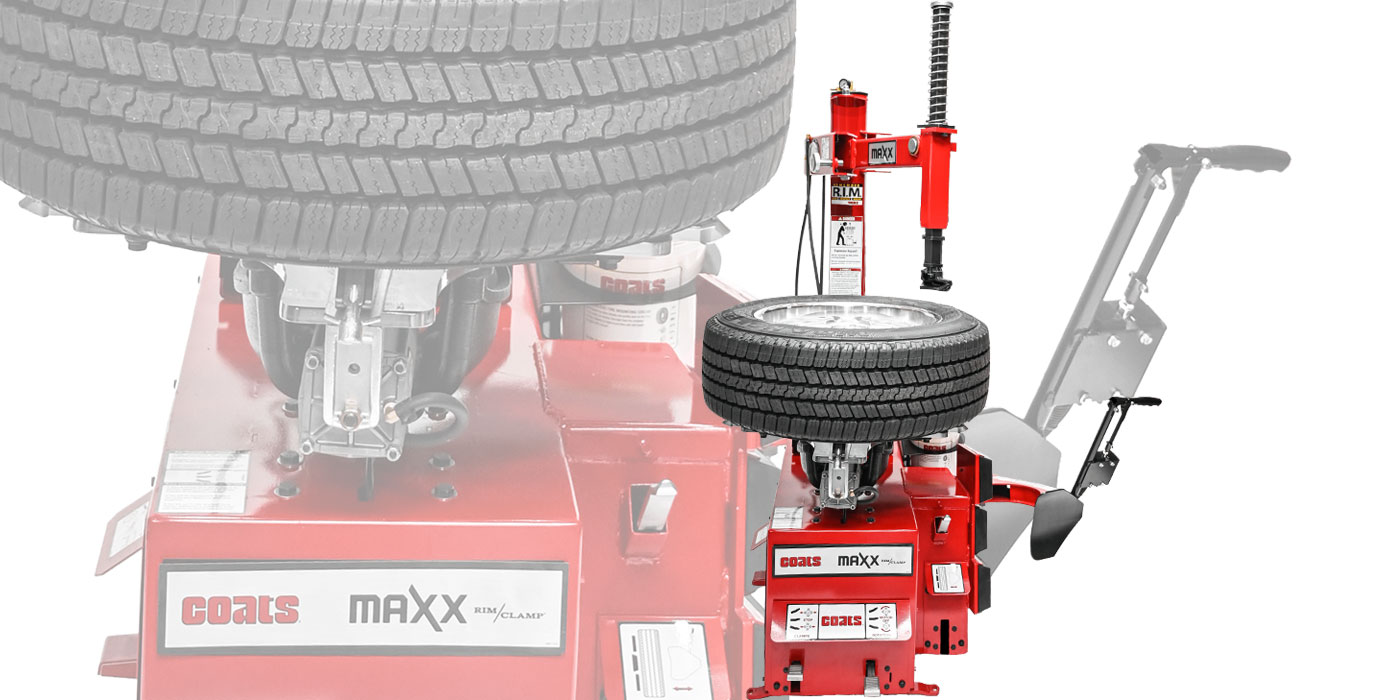In the last 10 years, the complexity, size and fragility of tires and wheels has led many tire shops to outgrow their current tire changer. Some even outgrow their equipment before it reaches its capacity or capability. That’s because the machines that could handle everything 10 years ago likely no longer can, requiring tire dealers to invest in a new tire changer.
With the variety of tire changers on the market today, buying a new one means taking stock of what you have, assessing what you’d like your shop to be able to do and gauging the tire volume you’d like to service in the future. All of these aspects point to the features you’ll need to look for in a tire changer. Below, we give you an overview of some of the newer features on the market and other factors to consider when shopping for your store’s next tire changer.
The Bells and Whistles
New features have been added to tire changers on the market today to help with mounting today’s tire designs. While there are many, a sampling includes:
- Bead-pressing devices: Allows technicians to press multiple sections of the top bead down in the drop center during the mounting phase.
- Leverless heads: Allows technicians to mount and demount tires without using a metal tire tool on delicate wheels. This speeds up the process without the risk of damaging wheels.
- Adjustable multi-position wheel clamps: Allows for maximum flexibility to clamp wheels down to siz inches but still be able to clamp large, aftermarket custom wheels. With these, a single tire changer can service a variety of tires, from lawn and garden assemblies to custom wheels, all on the same machine.
The Pros and Cons
A tire changer’s clamping style, your technicians’ skills, the types of wheels your shop sees daily as well as your shop’s power supply are all key considerations when deciding in which type of tire changer to invest.
When comparing clamping styles, know that center-post or pedestal-style tire machines hold the tire from the hub center of the wheel only, which can lessen the risk of damage from the steel clamps that tabletop changers use to hold wheels. Instead, the wheel is held in place by a dowel pin that engages one lug hole on the wheel, which prevents slipping and spinning that can occur when changing stiff tires.
Tabletop machines offer quick setup and minimal accessories to change a wider variety of wheels including motorcycle, ATV and UTV assemblies. Changing larger truck tires is also simple on a tabletop machine. The drawback to this type of tire changer is slower setup time and expensive accessories required for changing reverse drop-center assemblies and large hub bore truck wheels.
Technician skill also plays a role in tire changing because the lower the skill level, the more a technician relies on the changer to do the work. A skilled tire changer operator relies on the machine less and more on technique to change difficult assemblies.
Content provided by Coats Garage. For more information, visit coatsgarage.com.
Editor’s Note: Click here to read Part 1 of this piece on investing in tire changers, where you’ll find tips on when to invest in a new tire changer and key factors shops must consider before their purchase.
Check out the rest of the March digital edition of Tire Review here.














